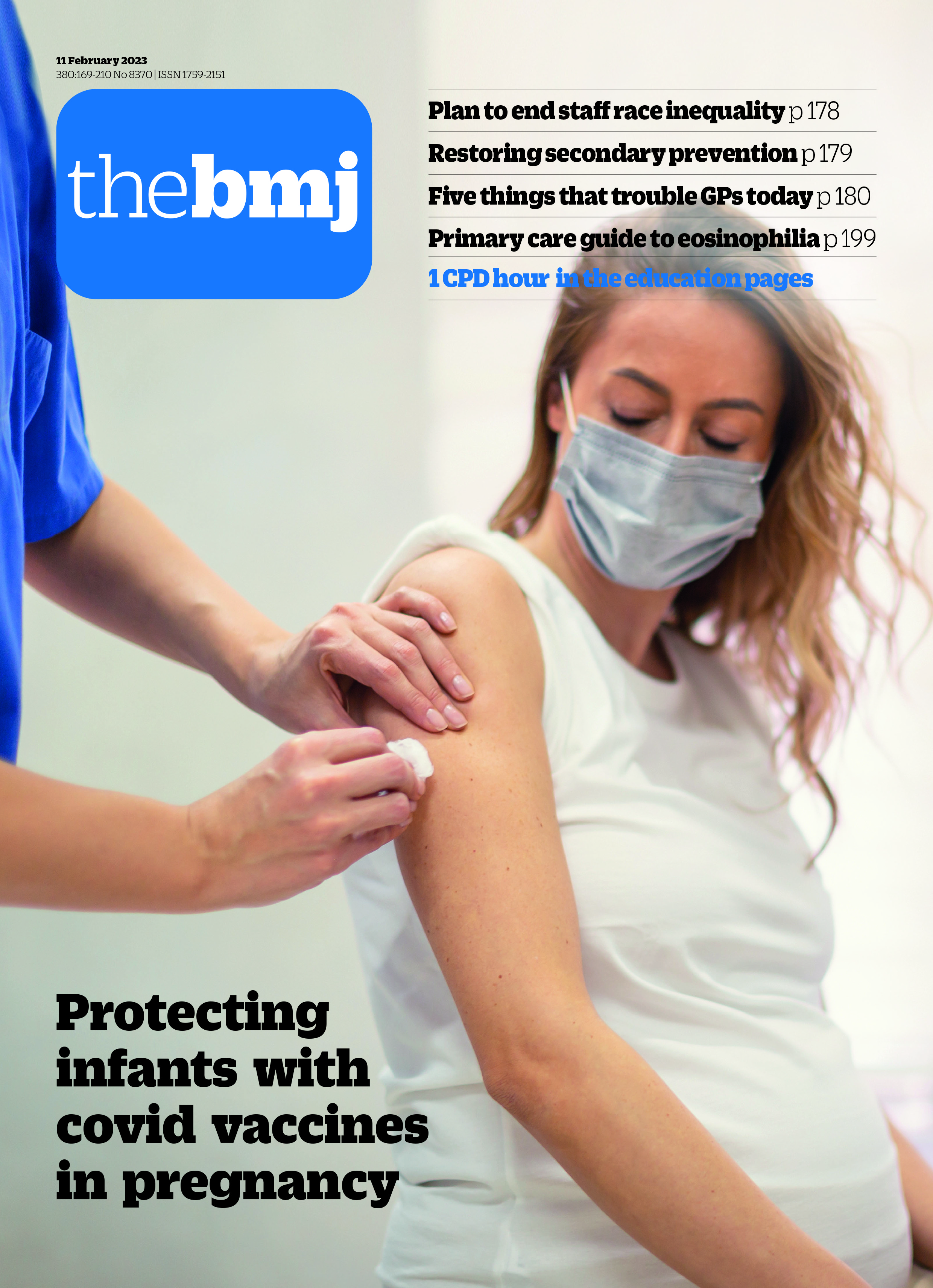
Over the past two years, many countries have seen low levels of acute respiratory virus infection (ARVIs), a collective term for all respiratory viruses that infect humans, except for SARS-CoV-2. With the cessation of non-pharmacological interventions across many countries, SARS-CoV-2 continues to circulat e and the incidences of influenza, respiratory syncytial virus (RSV), and other respiratory viruses have increased this winter. For instance, Australia has recently experienced one of its most severe influenza seasons on record.1 In the US in November 2022, the Centers for Disease Control and Prevention (CDC) issued a health alert notice due to a surge in respiratory virus activity. Hospital admissions in the US related to influenza are at the highest levels in 10 years, and an early, severe spike in RSV cases resulted in considerable pressures on paediatric hospital beds.2There are several explanations for why this has happened. Firstly, most populations had little exposure to acute...
No comments:
Post a Comment